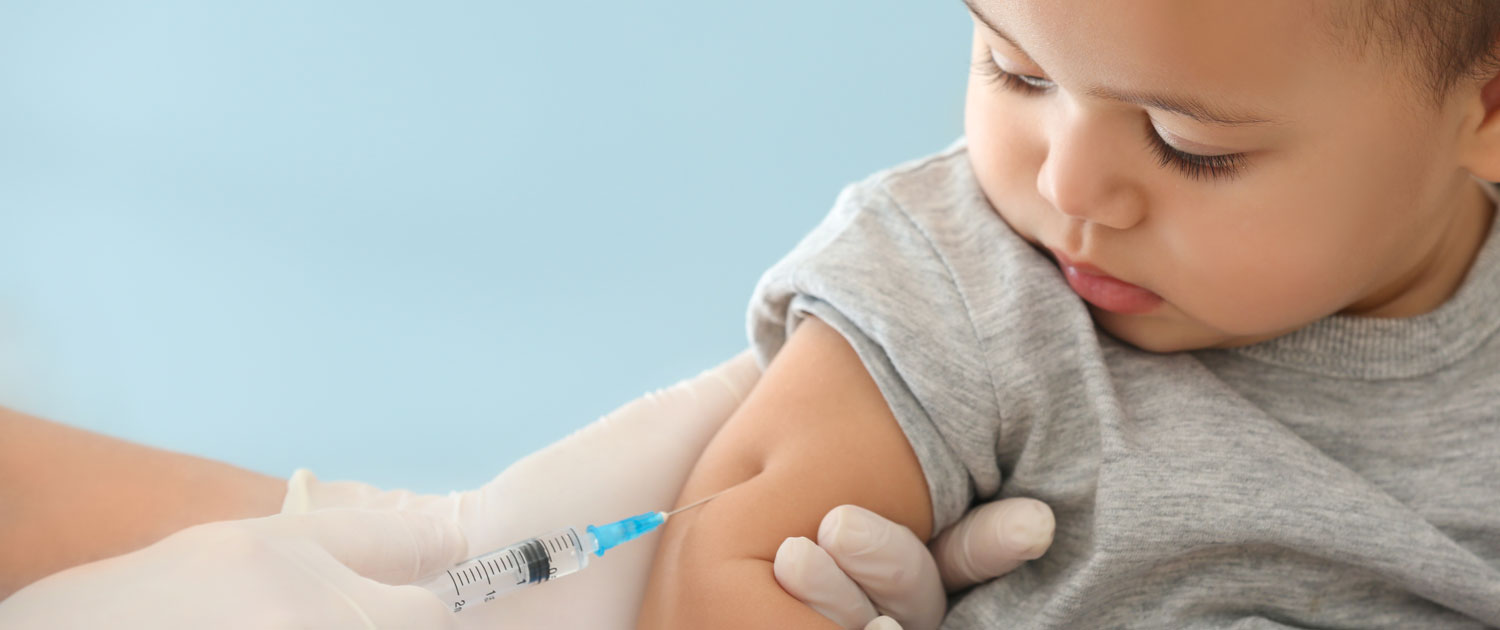Example Projects

Are two drugs better than one?
A new chemotherapeutic agent (Peloruside A) was developed from a marine sponge that lives in the Pelorus Sound of New Zealand. Because this agent binds to a different protein site than that used by the taxoid drugs, it may synergize with these agents. Synergistic drug combinations are promising treatments for a variety of diseases, not only for their enhanced efficacy, but also for potential reductions in toxicity. Statistical assessment of synergy, however, is complex and debates rage over the correct methodology. Developing appropriate methodology for a particular application should include consideration of the sources of variability inherent in the experimental design (such as plate-to-plate and well-to-well variability in in-vitro studies). We developed a new method that extends the simple model-free design of Laska et al. to incorporate plate-to-plate and well-to-well variability, while improving the power and robustness of the method (Kelly et al. 2012; Wilmes et al. 2007).

Are refurbished golf balls as good as new?
A name-brand manufacturer of golf balls was involved in trademark litigation with a company that recovered used balls from golf courses, restored them and marketed them, claiming that they were “as good as brand-new name-brand balls”. We designed an experiment that would compare the performance of new and refurbished balls, while controlling for sources of variability in performance, such as player ability, wind, temperature, and humidity. A statistical analysis of the experiments showed that the new balls performed better than the refurbished balls and these results were presented in deposition. Additionally, we re-analyzed data gathered by the opposition which also showed the superiority of the new balls (contrary to the opposition’s claims).

Is the New Zealand strain-specific meningococcal disease vaccine effective?
Beginning in 1991, New Zealand experienced an epidemic of meningococcal disease; by the end of 2003 more than 5293 cases and 216 deaths had been reported. A “tailor-made” vaccine against the predominant strain was developed by Chiron Vaccines and a nationwide immunization program began in 2004. The staggered vaccine rollout program allowed an epidemiological analysis of its efficacy. Disease rates in vaccinated and unvaccinated areas were compared, adjusting for potential confounding variables such as disease progression over time, socio-economic status, seasonality and geographic region. This analysis showed the vaccine to be effective (Kelly et al. 2007; Kelly et al. 2008)

How can an ANSI standard for assessing accuracy be extended to a new type of device?
A medical device company developed a new continuous vital signs monitor. Although an existing ANSI standard explicitly described how to statistically demonstrate accuracy for this type of monitor at a single time point, there was no standard for continuous measurements. We developed statistical methodology to demonstrate accuracy for continuous measurements, wrote the Statistical Analysis Plans, and conducted the data analysis for a FDA 510K submission.

How many bat and bird fatalities are caused by wind turbines?
We analyzed survey transect data collected at wind farms to estimate the number of bird and bat fatalities per year. We used a probabilistic model to correct the estimated number of fatalities for carcasses that were not seen or were removed due to scavenging. Our model considered the effects of environmental conditions (time of day, wind speed, ambient temperature) and found that most bat deaths occurred at low wind speeds. This discovery allowed for a cost-effective change in wind turbine protocols to reduce bat deaths.
